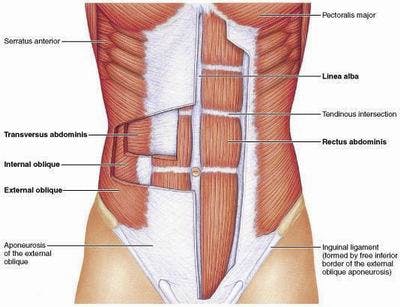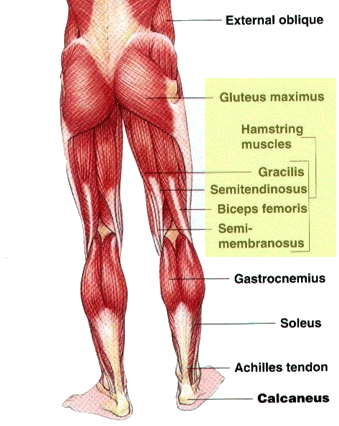The Basics
- Lie face-down, on the floor, with your feet together
- Push your torso up on your elbows, positioning your elbows directly underneath (or slightly in front of) your shoulders.
- Clasp your hands together, forming an inverted V (with your hands and forearms) beneath your chest.
- Tuck your toes under, in a similar manner.
- Brace your arms and shoulders for the weight of your body.
Doing The Exercise
- Lock your knees, and extend your hips – imagine driving your toes into the ground. Ideally, you’ll be hovering over the ground with your weight distributed between your forearms and toes.
- Relax your chest and slide your shoulders into a locked position. This will likely lower your torso an inch or two closer to the ground. Your body will now be in a straight line, parallel to the ground. Squeeze your glutes! It may also be helpful to hyperextend your lower back a little bit to maximally engage your core.
- Hold this position for as long as you comfortable can, probably 20-60 seconds if this is new to you. Try to feel the burn in your core, rather than on your forearms or toes. Repeat this exercise a few times, and perform it daily or every other day, as per your dedication and desired intensity.

Pointers and Variations
- For beginners: To make this exercise easier, instead of holding your body in a straight line, allow your pelvis to rise 6-12 inches above the rest of your body to form an inverted V shape when performing the exercise.
- For experienced practitioners: Try using one foot, placing your unplanted foot atop the planted one. Alternate feet between reps.
- Do the this exercise on carpet or a yoga mat. Your elbows will thank you.
An Overview of the Plank
As mentioned elsewhere on Pardon My Posture, it’s pretty likely that a combination of stretching, strengthening, and myofascial release will fix almost all problems related to musculoskeletal dysfunction. Planking is a solid exercise in your toolkit that fixes a lot of back related issues.
To oversimplify things, peoples’ “bad back” issues can be attributed to either a) extension deficient or b) flexion deficient. Back extension is the motioning of straightening your back (like standing up) and back flexion is the motion of curling your back up (like doing crunches). So for the most part, a lot of people’s back problems are as simple as needing to strengthen muscles in their anterior chain (muscles in the front of the body), such as the muscles that flex their back backward:
- The abs (rectus abdominus, transversus abdominus, and external obliques)
- The hip flexors (iliacus, psoas, tensor fasciae latae, rectus femoris)
- Quadriceps
- Shin (tibialis anterior)

Or they need to strengthen the muscles in their posterior chain (the muscles in the back of their body) that extend their back
- Lower back (erector spinae)
- Butt (gluteus maximus)
- Hamstrings
- Calves

The front plank exercise strengthens nearly all the muscles in your anterior musculoskeletal chain. Basically, it’s extremely beneficial for anyone with back problems, particularly those with flexion issues. This is probably less than half of the people who have been dealing with back problems however, as it’s more likely that people with back problems will really benefit from doing posterior chain exercises. Now the question is – how do you tell which boat you’re on, flexion deficient or extension deficient. Think about what makes your back hurt. For example, if sitting for half an hour on the floor in Indian style gives issues, you’re probably extension deficient. Flexion hurts, sitting hurts. Show your body some love with extension exercises. It probably hurts when you do crunches, but loves back extension exercises.
If you don’t know which boat you’re on, don’t worry. Doing the front plank exercise can’t really hurt you. Even though the front plant exercise technically strengthens the anterior musculoskeletal chain, it does not put your back through flexion. It’s an isometric exercise, meaning that there is no motion involved. For example, when you flex your bicep to show off those guns, you’re doing an isometric exercise because your arm doesn’t move even though your muscle is working.
The front plank exercise was developed a few decades ago as an alternative to the crunch, and is still highly regarded today for fixing hip or back dysfunction. It requires the transversus abdominis and the external obliques to contract strongly, which doesn’t happen in a crunch or situp. Frankly, the front plank is likely the best transverse abdominis exerciisie one can do besides supine “flutter kicks” and “wood choppers”. It also requires the hip flexors to contract very strongly. Most people suffer from posterior pelvic tilt, which is worsened (or caused) by weak hip flexors and transversus abdominus muscles – planks help fix this.
TLDR: Do planks because they’re good for your lower back, pelvis, and hips. They also help keep your waistline slim because they engage the transversus abdominus and external obliques.
